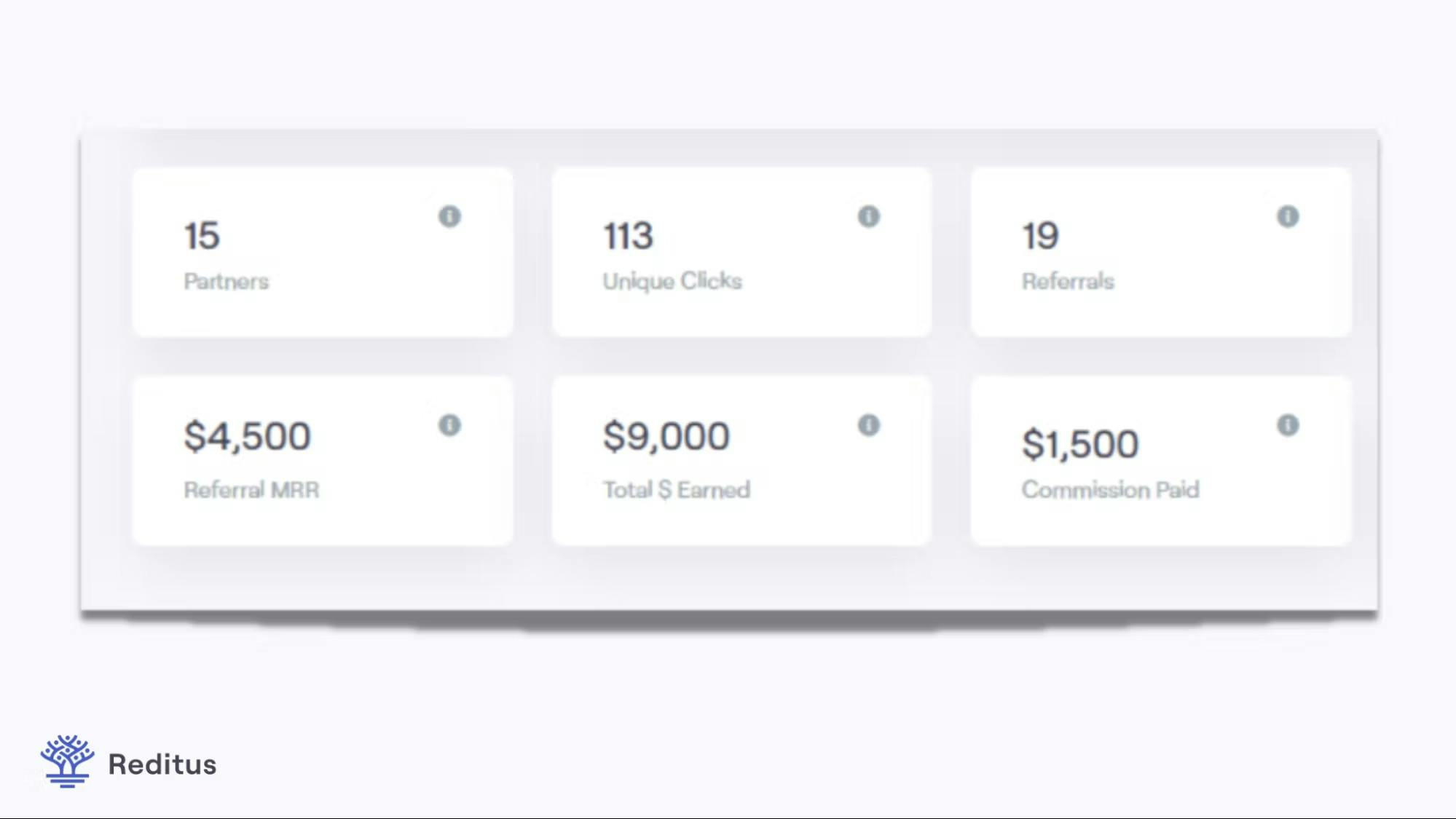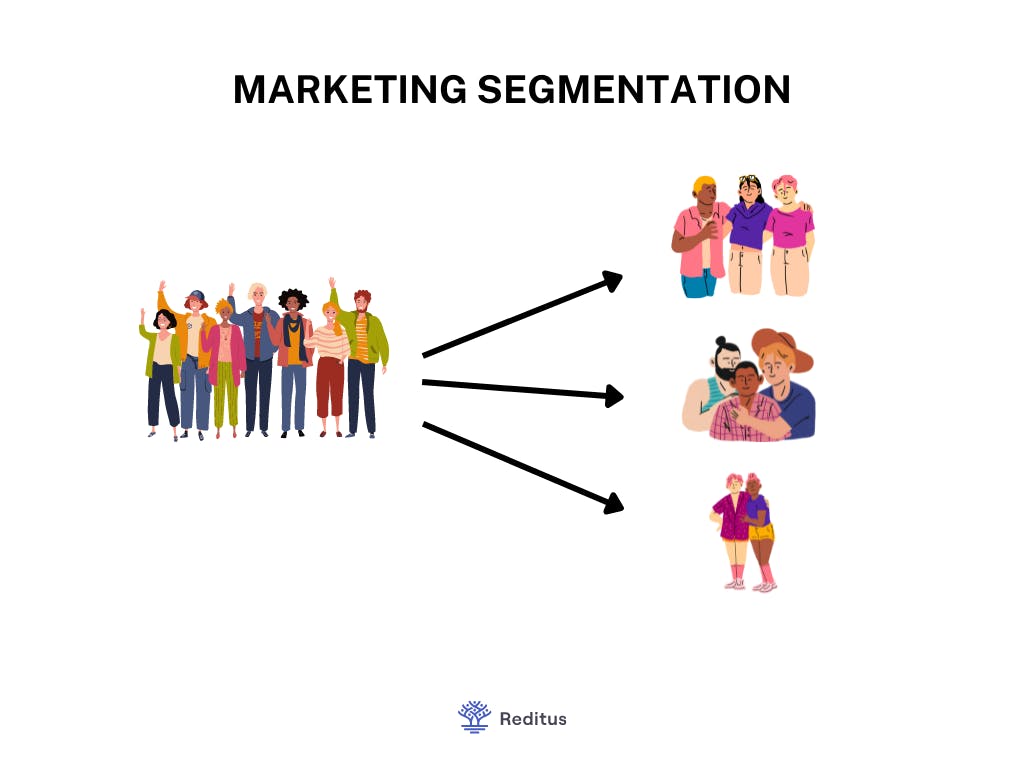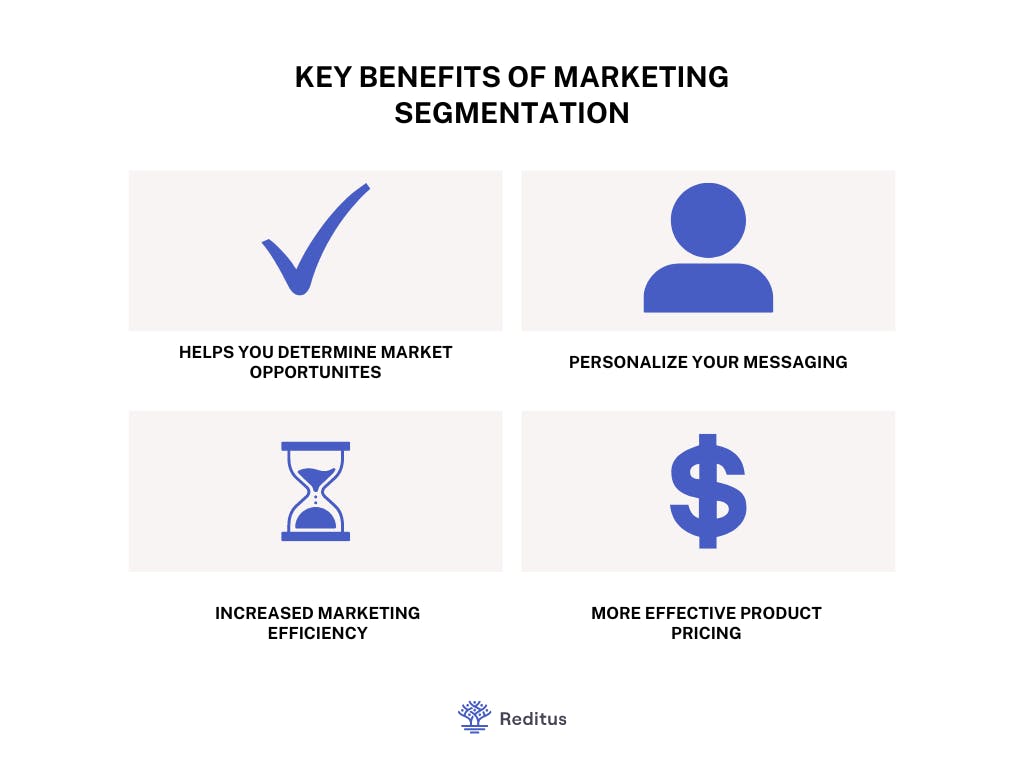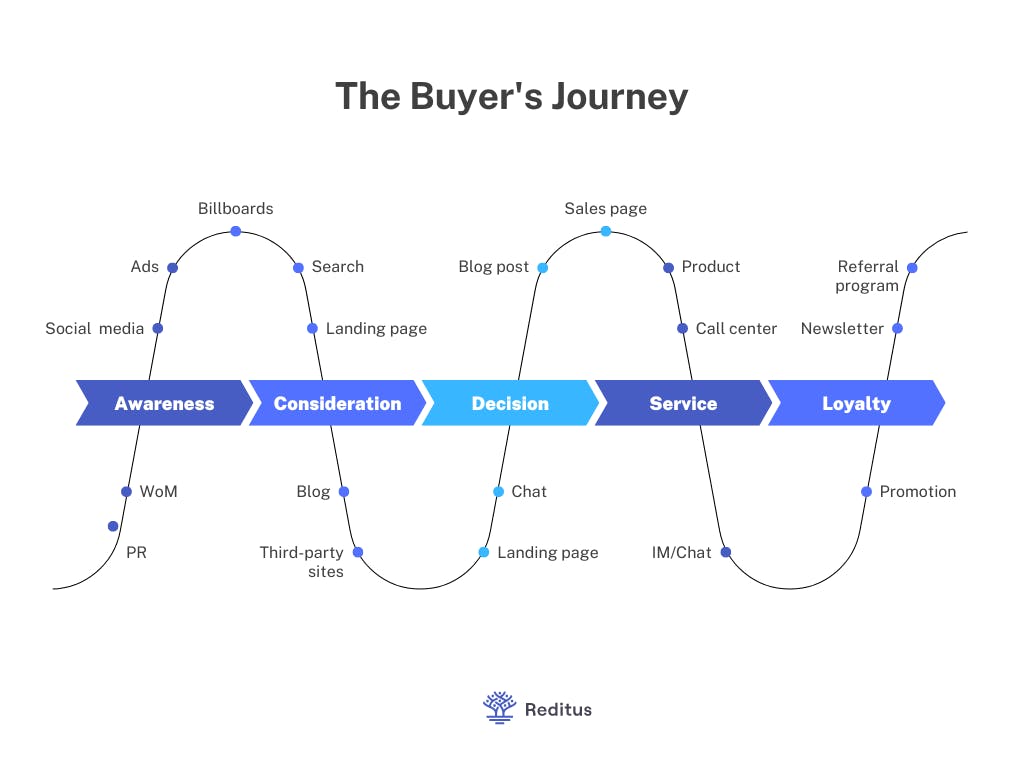How To Use Customer Data To Improve Your Sales Process

If you're like most CEOs, you're always looking for ways to improve your sales process and increase revenue. When you're using customer data to inform your decisions, you're in a much better position to achieve those goals.
Data is like the new oil. It's a valuable commodity you can use to improve just about any aspect of your business. And when it comes to sales, data can help you close more deals, charge higher prices, and improve customer retention.
Today's guide will show you how to use customer data to improve your sales process.
What's more, we'll share some tips on collecting and analyzing data, so you can make the most of it.
Table of contents
Introduction to Data-Centered Marketing and Sales
The first step to customer data is understanding what it is and how you can use it.
Data-centered marketing and sales is a process where data is collected and used to inform marketing and sales decisions.
This data can come from various sources, including website traffic, customer surveys, social media, and purchase history.
This data is then used to create marketing and sales plans tailored to the customer's needs. By understanding the customer's needs, you can create a sales process that is more likely to result in a conversion.
For instance, you might use data to segment your customers into different groups. This way, you can create targeted marketing and sales plans for each group.
You might also use data to personalize your sales process. This could involve sending targeted emails, making personalized offers, or even calling customers by name.
The key is to use data to create a sales process that is tailored to the needs of your customers. By doing this, you're more likely to close more deals and increase your revenue.
Why Should You Use Customer Data for Sales Decision Making?
There are a few key reasons why you should use customer data.
- It allows you to better understand your customers. This understanding can then be used to create a more targeted sales process.
- It provides insight into what's working and what's not working. This insight can be used to improve your sales process and make it more effective.
- It can help you increase your prices. By understanding what your customers are willing to pay, you can charge more for your products or services.
- It can improve customer retention. By understanding what your customers want and need, you can keep them happy and reduce churn.
- It can increase your sales. By using data to inform your decisions, you're more likely to close more deals and increase your revenue.
How To Use Customer Data To Improve Your Sales Process
We've already touched base on some of the ways you can use customer data to improve your sales process - but there's always more that can be done.
Let's take a look at a few more ideas that can help you get the most out of the valuable customer data you have on hand.
1. Use Referral Data To Identify Potential Upsells and Cross-Sells
When a customer refers a friend or colleague to your company, they're essentially vouching for your products or services.
This makes referral data one of the most valuable sources of information you have when it comes to identifying potential upsells and cross-sells.
Look at which products or services are being referred most often, and consider ways to bundle them together or create related products that complement them. This will help you create targeted upsell and cross-sell opportunities that are more likely to be successful.
For instance, if you sell a project management tool, you could bundle it with a time tracking app or an invoicing solution for teams.
Or, if you offer website design services, you could create a package that includes SEO and social media marketing services.
This is, of course, an oversimplified example.
The point is that referral data can give you insight into which products and services customers are already using together and help you create targeted offers that they're more likely to take advantage of.
Referral management solutions, like Reditus, provide you with an easy way to track referral data and use it to improve your sales process.

For instance, Reditus gives you a complete overview of your referral activity, helping you spot opportunities you might have otherwise missed. It also allows you to track conversion rates and ROI for each referral, so you can see which offers are performing best.
2. Use Customer Feedback To Improve Your Sales Process
Customer feedback is another valuable source of information that can help you improve your sales process.
After all, who knows better than your customers what's working well and what could be improved?
Pay attention to the feedback you receive, both positive and negative. Use it to identify areas where your sales process could be improved, and make changes accordingly.
For example, if you're getting a lot of feedback that your pricing is too confusing, consider simplifying your pricing structure. Or, if customers are complaining that your sales team is too pushy, work on training your team to be more consultative in their approach.
You can gather customer feedback in a number of ways, including surveys, customer interviews, and online reviews. There are a number of tools that can help you collect and track customer feedback, such as SurveyMonkey and GetApp.
You might also want to consider using a customer feedback management solution, like UserVoice, to help you collect and track customer feedback more effectively.
Ultimately, the goal is to use customer feedback to continuously improve your sales process to meet your customers' needs better.
3. Use Customer Segmentation To Tailor Your Sales Process
Customer segmentation is another effective way to use customer data to improve your sales process. Essentially, customer segmentation is the process of dividing your customers into groups based on shared characteristics.

This can be helpful in a number of ways.
First, it can help you better understand your customers and their needs.
Second, it can help you create targeted sales and marketing campaigns that are more likely to be successful.
And third, it can help you streamline your sales process by focusing on the most promising leads.

There are a number of ways to segment your customers, but some common criteria include demographics (e.g., age, gender, location), psychographics (e.g., interests, lifestyle), and purchase history (e.g., products purchased, frequency of purchase).
A quick look at your customer data should give you a good idea of which characteristics are most important for segmenting your customers.
You can then use Google Analytics and other tools to track these characteristics and segment your customers accordingly.
For example, suppose you sell software that helps businesses manage their finances. You might segment your customers based on the size of the business, industry, and whether they're already using accounting software.
Once you've segmented your customers, you can then tailor your sales process to better meet their needs.
For example, you might create different sales scripts for each customer segment or offer different pricing plans based on the segment.
The most important thing is to make sure that your sales process is relevant to the needs of your target customer segments. By doing so, you'll be more likely to close deals and grow your business.
4. Use Customer Data To Improve Lead Qualification
Lead qualification is an important part of the sales process, and customer data can be very helpful in improving it. Essentially, lead qualification is the process of determining whether a lead is ready to buy.
There are a number of factors to consider when qualifying a lead, but some common criteria include budget, authority, need, and timeline.
Customer data can be very helpful in understanding these factors.
For example, you can use customer data to segment your leads based on budget. This way, you can focus your sales efforts on leads that are more likely to have the budget to buy your product.
Similarly, you could use customer data to segment your leads based on authority. In other words, you could target leads that are more likely to have the decision-making power to make a purchase.
Need is another important factor to consider when qualifying a lead.
You can use customer data to segment your leads based on need, which can help you focus your sales efforts on leads that are more likely to be interested in your product.
No matter what criteria you use to qualify your leads, customer data can be very helpful in understanding your leads and making sure that you focus your sales efforts on the right ones.
5. Use Customer Data To Improve Lead Nurturing
Lead nurturing is the process of developing relationships with leads that are not yet ready to buy. It's an important part of the sales process, and customer data can be very helpful in improving it.

With the right information, you can segment your leads and create targeted content that is more likely to nurture them towards a sale.
For example, you could use customer data to segment your leads based on their position in the sales funnel.
You could then create targeted content for each stage of the funnel. For example, you might create different email drip campaigns for leads that are at the top of the funnel, middle of the funnel, and bottom of the funnel.
Customer data can also be very helpful in understanding the needs of your leads. This way, you can create targeted content that is more likely to address their needs and help them move further down the sales funnel.
By using customer data to improve lead nurturing, you can develop better relationships with your leads and increase your chances of making a sale.
Final Words
Customer data can be very helpful in improving the sales process. By understanding your customers and segmenting them accordingly, you can tailor your sales process to better meet their needs. This will help you close more deals and grow your business.
Additionally, customer data can be very helpful in improving lead qualification and lead nurturing. Using customer data to improve these two aspects of the sales process can increase your chances of making a sale.
Hopefully, this article has given you some ideas on how you can use customer data to improve your sales process.

